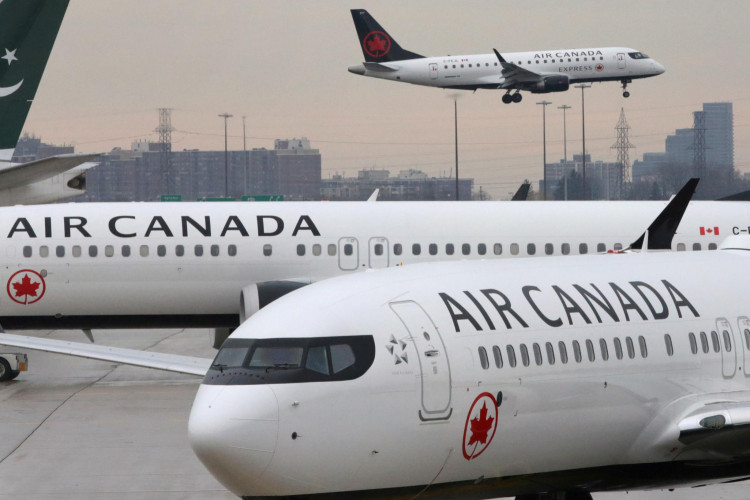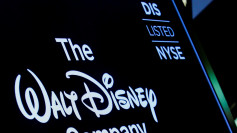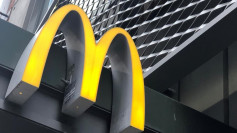Canada has approved the return of the Boeing 737 Max to service after a series of deadly crashes nearly two years ago grounded the plane, but public concerns on safety remain an obstacle for Canadian airlines prepping for the airliner's return to flight this week.
Ottawa OKs 737 Max
The Canadian government has joined other countries in approving the Boeing 737 Max's return to flying a week after the aircraft maker agreed to pay a whopping $2.5 billion to settle charges over two tragic crashes.
The country's regulator, Transport Canada, has provided airlines with an interim order that outlines the necessary aspects of safety that come with allowing the 737 Max to fly again.
Before Monday's announcement, the Canadian government previously said that it was expected to lift the flight ban on the aircraft this month under approved design changes that should ensure flight safety.
Public Relations in the Balance
While the Canadian government has decided to trust Boeing's troubled jet again after changes were applied to the design, public skepticism ensues as the aircraft returns to the skies.
Vice president of communications and chief of staff of Canadian airline WestJet, Richard Bartrem, said the pandemic only "compounded people's concern about the Max."
WestJet has conducted surveys over the past 18 months to determine how the flying public views the Boeing 737 Max. In the results, the airline found that before the pandemic, 59% of over 800 Canadian passengers said they weren't comfortable with flying on a Max aircraft.
By October of the pandemic year, the figures rose to 75% among passengers who had concerns and fears regarding the aircraft.
As part of the efforts to ease the anxiety of passengers, WestJet has offered an opt-out service, wherein passengers can choose to ride another plane without the opt-out fees.
Boeing's 737 MAX will also resume flying for Air Canada at the beginning of February.
Boeing Settles with U.S.
As airlines continue to find ways to build trust with flyers once more, Boeing has been working to reinstate its once stellar reputation in global aviation.
Late last week, the company agreed to pay over $2.5 billion in settlement with the U.S. Justice Department over criminal charges that the aircraft manufacturer defrauded the Federal Aviation Administration (FAA) during the certification process of the 737 Max.
Under the agreement, Boeing will set aside a $500-million fund for the families of those who died during the 737 crashes. A separate fine of $244 million will be paid to the families, and $1.77 billion will be compensated to airlines that were affected by the March 2019 grounding of the aircraft.
During the investigation into the two fatal crashes that took place only a few months apart, it was found that two employees withheld critical information from the FAA regarding the Max's MCAS (flight-control system).
2 Crashes and 346 Deaths Ago
Last month, loved ones of some victims of the Ethiopian Airlines crash called on the European Union Aviation Safety Agency (EASA) to delay approving the Boeing 737 Max's return to service.
In a letter to the agency, the relatives and friends said the EASA cannot conclude "that the revised 737 Max is safe before its own safety assessment is complete."
On March 10, 2019, Ethiopian Airlines Flight 302 crashed just a few minutes after take-off from Addis Ababa, with all 157 people on board getting killed. Investigative data revealed that the pilot followed Boeing's recommended safety procedures as he tried to keep the jet from plunging but to no avail.
On October 29, 2018, Lion Air Flight JT610 crashed roughly 13 minutes after take-off from Jakarta. All 189 on board the Boeing 737 Max jet were perished in the crash.
A total of 346 people were killed in the two 737 Max crashes. One year after the Ethiopian Airlines crash, The New York Times published a story in remembrance of victims, wherein loved ones shared emotional memories about their deceased family members.
Other countries have yet to announce a lift on the Boeing 737 Max. Before Canada's approval, the United States first approved the aircraft's return to service, followed shortly by Brazil.






